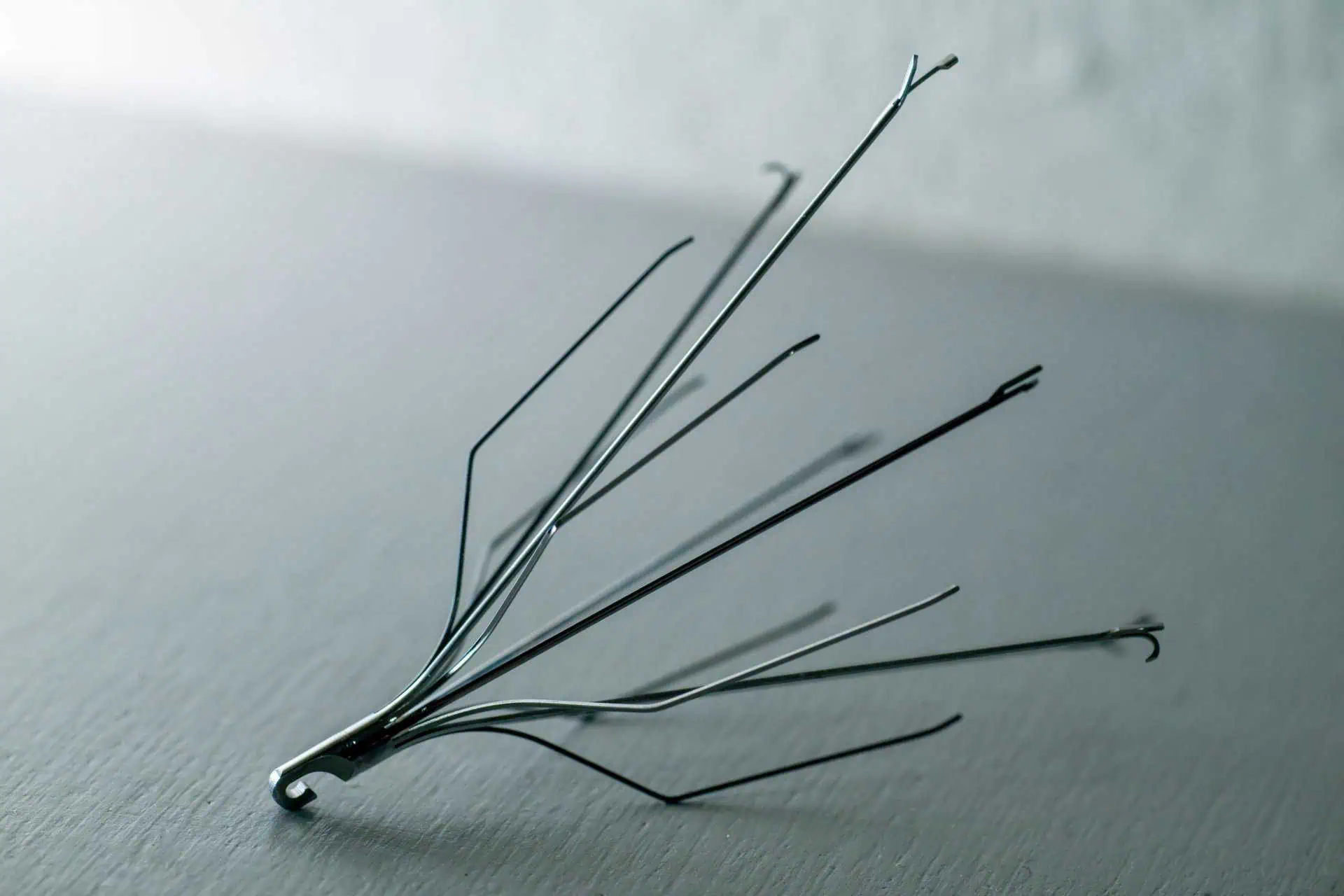According to the FDA, the scope of the IVC Filter complication problem has increased rapidly because of the increased use of IVC filters.
In 1979, 2,000 IVC Filters were used and by 2012, that number had increased to nearly 260,000
In addition to the increased use of IVC Filters, retrievable filters are remaining in the body for longer periods of time, beyond the time when the risk of pulmonary embolism has passed.
In 2010, the FDA encouraged all physicians involved in the treatment and follow up of IVC filter recipients to consider the risks and benefits of filter removal for each patient and to recommend removal as soon as it is feasible.
In May 2014, the FDA updated their initial safety communication to include new research and studies as they became aware of them.
The FDA noted that they had become aware of reports from individuals experiencing the following IVC filter side effects:
- Device migration
- Filter fracture
- Embolization (movement of the entire filter or fracture fragments to the heart or lungs)
- Perforation of the IVC
- Difficulty removing the device
According to the FDA, these complications have led to further adverse events including lower limb deep vein thrombosis and IVC occlusion.
The FDA renewed their concern that retrievable IVC filters are not being removed when the risk outweighs the benefit and mad several recommendations to implanting physicians and clinicians for the ongoing care of patients with retrievable IVC filters.
Specifically, physicians should:
- Consider the risks and benefits of filter removal for each patient
- Consider removing the filter as soon as protection from pulmonary embolism is no longer needed
IVC filters are removed in a process similar to the way they were placed, but in some instances, surgeons have been unable to retrieve the filters, and patients have experienced life-threatening side effects such as filter migration, organ perforation, and heart embolization.
The FDA also encouraged all physicians involved in the treatment and follow-up of patients receiving IVC filters to refer patients for IVC filter removal when the risk/benefit profile favors removal and the procedure is feasible given the patient’s health status.
According to a 10-year study published in the medical journal Pediatric Radiology, researchers found that it may be difficult for doctors to remove IVC filters from children, particularly when the filters tilt or migrate out of position or become embedded in internal organs.
The October 2015 issue of the Annals of Surgery took a closer look as to whether trauma patients truly benefited from having inferior vena cava (IVC) filters implanted or whether they faced an even greater risk of life-threatening health complications.
The study was conducted by researchers affiliated with the University of Michigan, who examined patient data from 2010 to 2014 and identified 803 cases in which trauma patients were implanted with IVC filters to reduce the risk of pulmonary embolism (PE).
The researchers found that the patients who were implanted with the IVC filters had an 83% increased risk of deep vein thrombosis (DVT), but did not have a statistically significant increase in longevity, as compared to patients who did not receive IVC filters.
The study concluded that:
- High rates of prophylactic IVC filter placement have no effect on reducing trauma patient mortality and are associated with an increase in DVT events.
Despite the lack of longevity, there has not been an IVC filter recall.
In fact, the number of IVC filters used continues to increase.
According to the National Hospital Discharge Survey, there were 803,000 IVC filters placed from 1985 to 2006.
The IVC filter market is currently worth $190 million and growing.
It is expected that the IVC filter market will be worth close to $320 million in several years.
A 2015 Security and Exchange Commission (SEC) filing states C.R. Bard disclosed that it received a warning letter regarding its facilities in Glens Falls, New York and Tempe, Arizona from the U.S. Food and Drug Administration (FDA) alleging misfiled customer complaints, including one reporting a patient’s death with regards to Bard’s Recovery Cone Removal System for IVC filters.
The SEC filing alleges that Bard manufactured and marketed the Recovery Cone Removal System without the required clearance or approval, and failed to inform the FDA of serious malfunctions associated with the device.
The Recovery Cone Removal System is used to retrieve inferior vena cava filters (IVC filters).
According to the Bard marketing materials, the Recovery Cone Removal System amounts to “Safe and Easy retrieval, time after time” however, the FDA notes that model RC-15 was not included in the FDA clearance and major changes were made to the device requiring FDA approval.
The FDA warning letter requires that Bard stop marketing the device until it is approved.


